US Experts develop new plant-based plastic, grind it into microparticles, and use three tools to test its biodegradability.

Conventional microplastics can take between 100 and 1,000 years to decompose. Photo: Whitehoune/iStock
Microplastics are tiny, nearly indestructible fragments of everyday plastic products. A team of experts at the University of California San Diego and materials science company Algenesis developed a plant-based polymer that can biodegrade, even at the microplastic level, in less than 7 months, Science Daily reported on March 25. Note that all plastics are polymers, but not all polymers are plastics.
“We are trying to find alternatives to current materials and ensure that the alternative materials will biodegrade at the end of their useful life instead of accumulating in the environment,” said Michael Burkart, professor of chemistry and biochemistry, a member of the research team and co-founder of Algenesis. The new study is published in the journal Nature Scientific Reports.
To test its biodegradability, the team ground the new material into microscopic particles and used three different measuring tools to confirm that when added to compost, the material was digested by bacteria.
The first tool is a respirometer. As bacteria break down compost material, they release CO2, which can be measured by a respirometer. The results are then compared to the breakdown of cellulose, which is considered the industry standard for 100% biodegradability. The new plant-based polymer matches cellulose almost 100%.
Next, the team used a water flotation method. The plastic floats and is insoluble in water, so it can be easily scooped up. At 90 and 200 days, nearly 100% of the petroleum-based microplastics were recovered, indicating that they were not biodegradable. However, after 90 days, only 32% of the algae-based microplastics were recovered, meaning that more than two-thirds had biodegraded. After 200 days, this number dropped to 3%, meaning that 97% had disappeared.
The final tool involves chemical analysis via gas chromatography/mass spectrometry (GCMS), which detects the presence of the monomers that make up the plastic, indicating that the polymer has been broken down into its original plant materials.
“This material is the first plastic proven to leave no microplastics behind when in use. Not only is this a sustainable solution for product lifecycles and crowded landfills, but it’s also a plastic that doesn’t make us sick,” said study co-author Stephen Mayfield, a professor in the School of Biological Sciences at the University of California San Diego and co-founder of Algenesis.
The challenge now is how to apply the new material to devices that were originally designed for traditional plastics. Algenesis is making some progress in this area. It has partnered with a number of companies to produce products using UC San Diego’s plant-based polymers, including Trelleborg, which makes coated fabrics, and RhinoShield, which makes cell phone cases.
Thu Thao (According to Science Daily )
Source link



![[Photo] Prime Minister Pham Minh Chinh receives delegation of leaders of US universities](https://vstatic.vietnam.vn/vietnam/resource/IMAGE/2025/3/31/8be7f6be90624512b385fd1690124eaa)
![[Photo] Speeding up construction of Ring Road 3 and Bien Hoa-Vung Tau Expressway](https://vstatic.vietnam.vn/vietnam/resource/IMAGE/2025/3/31/f1431fbe7d604caba041f84a718ccef7)

![[Photo] 2nd Conference of the Party Executive Committee of Central Party Agencies](https://vstatic.vietnam.vn/vietnam/resource/IMAGE/2025/3/31/8f85b88962b34701ac511682b09b1e0d)
![[Photo] General Secretary To Lam receives US Ambassador to Vietnam Marc E. Knapper](https://vstatic.vietnam.vn/vietnam/resource/IMAGE/2025/3/31/5ee45ded5fd548a685618a0b67c42970)


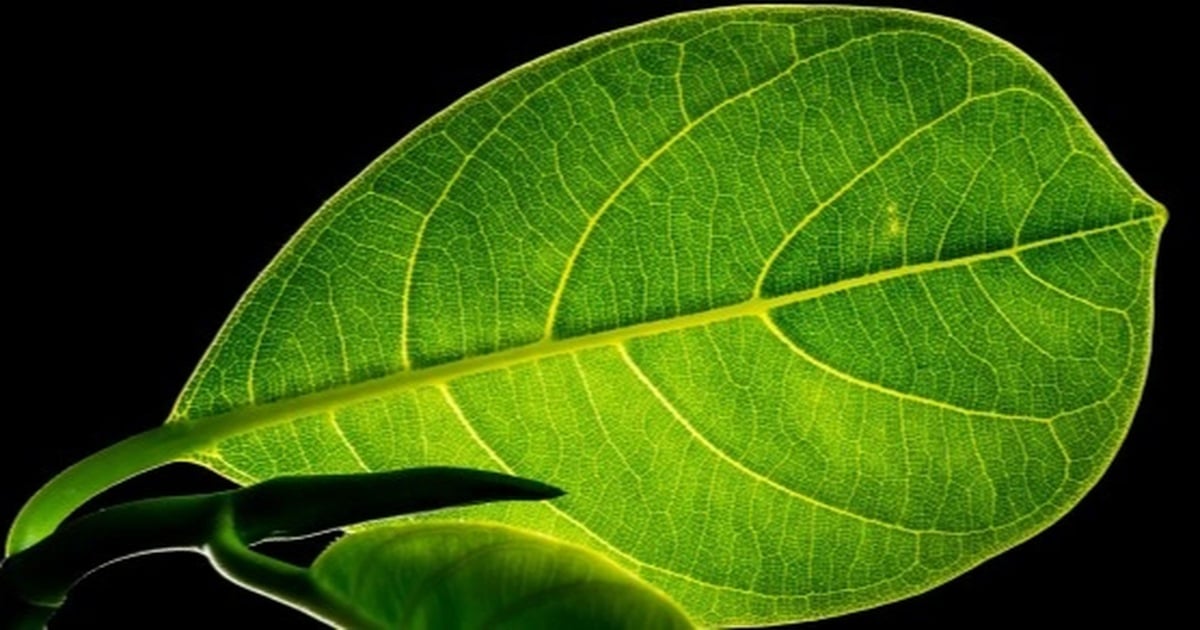




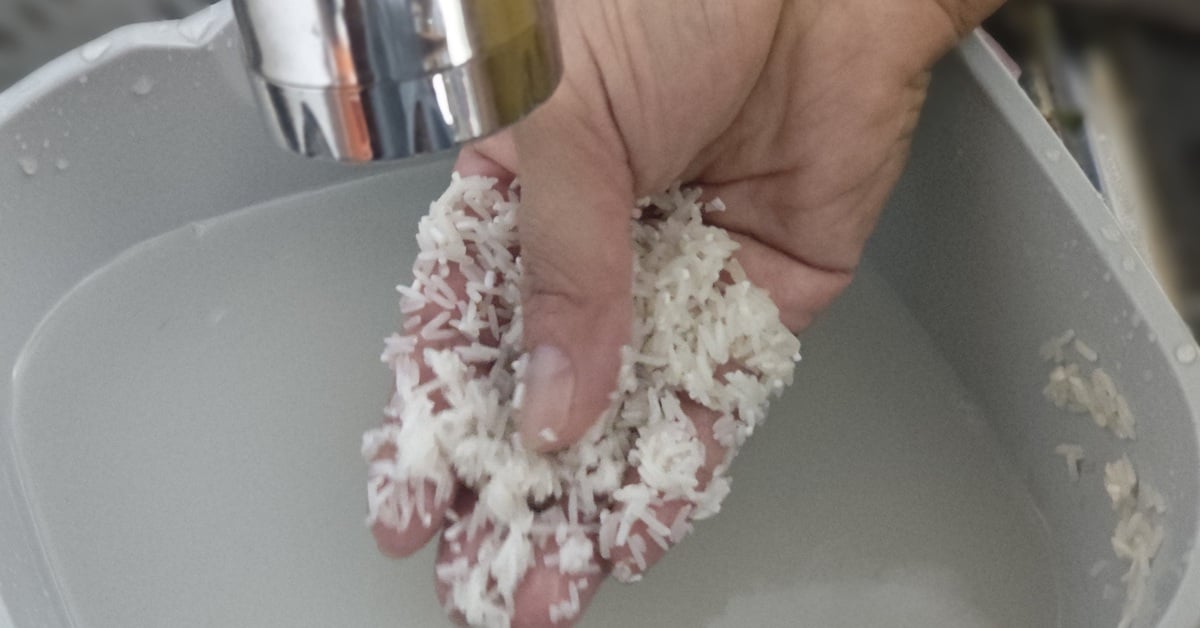


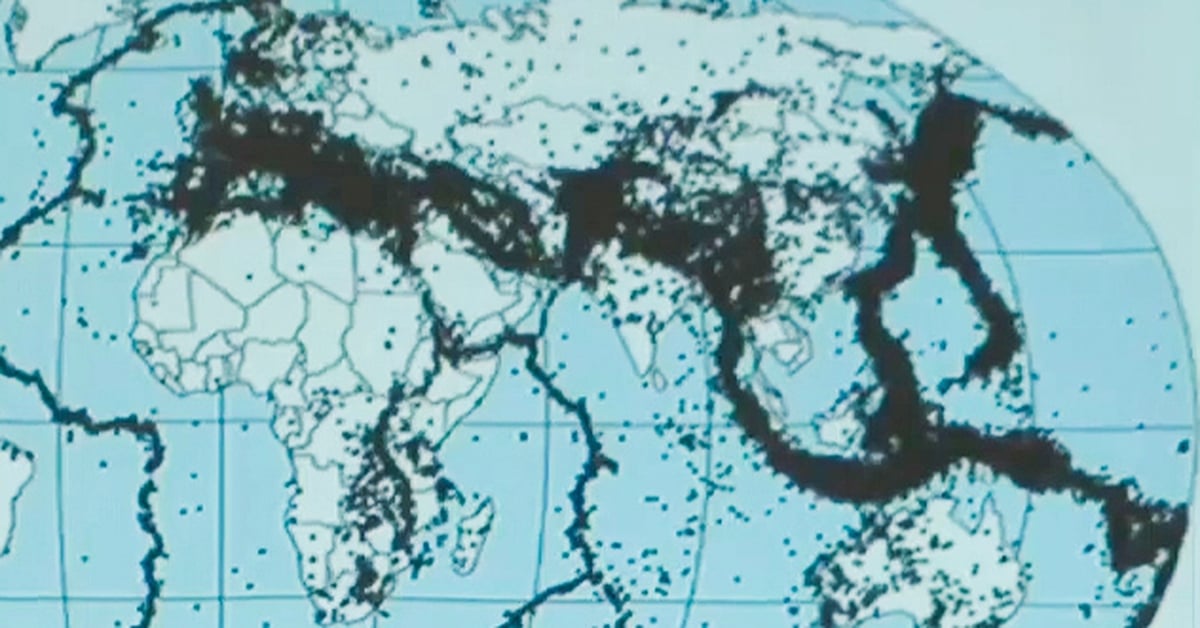


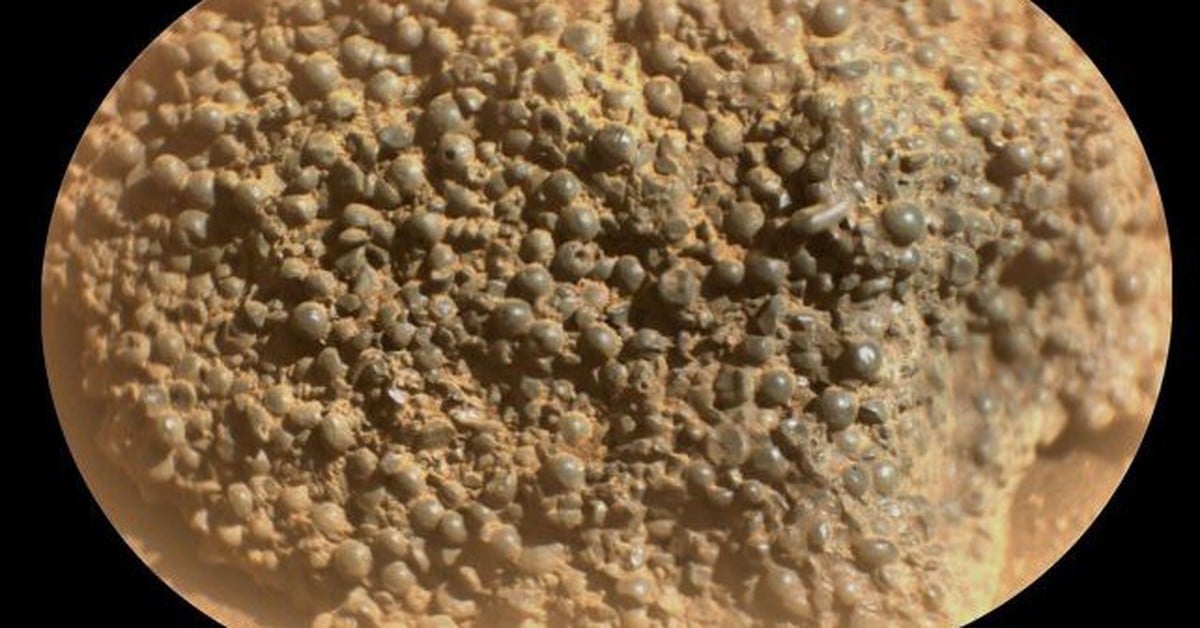












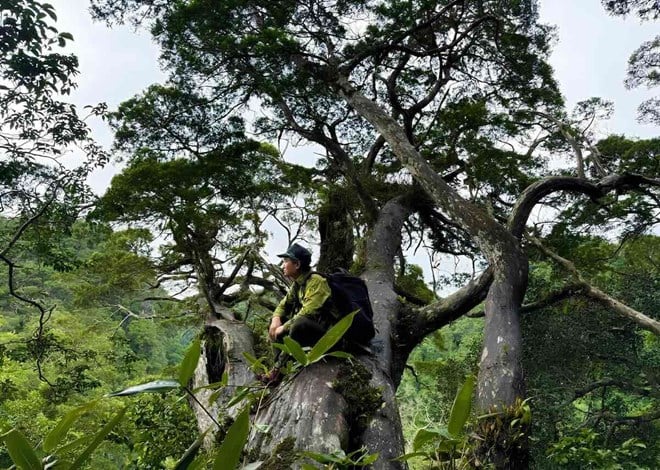

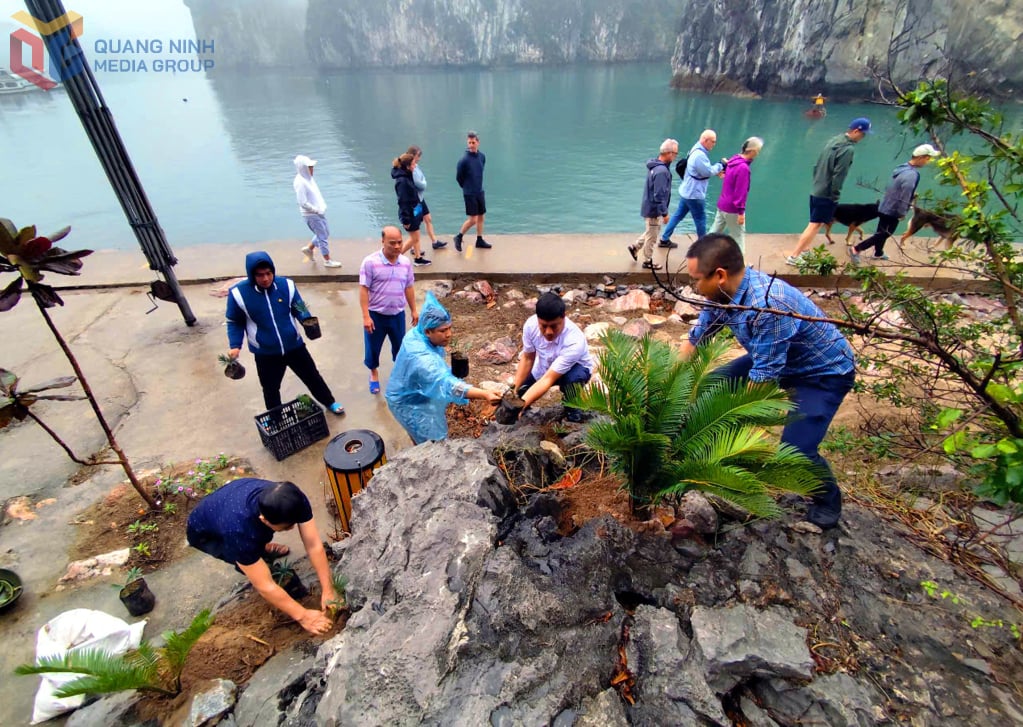











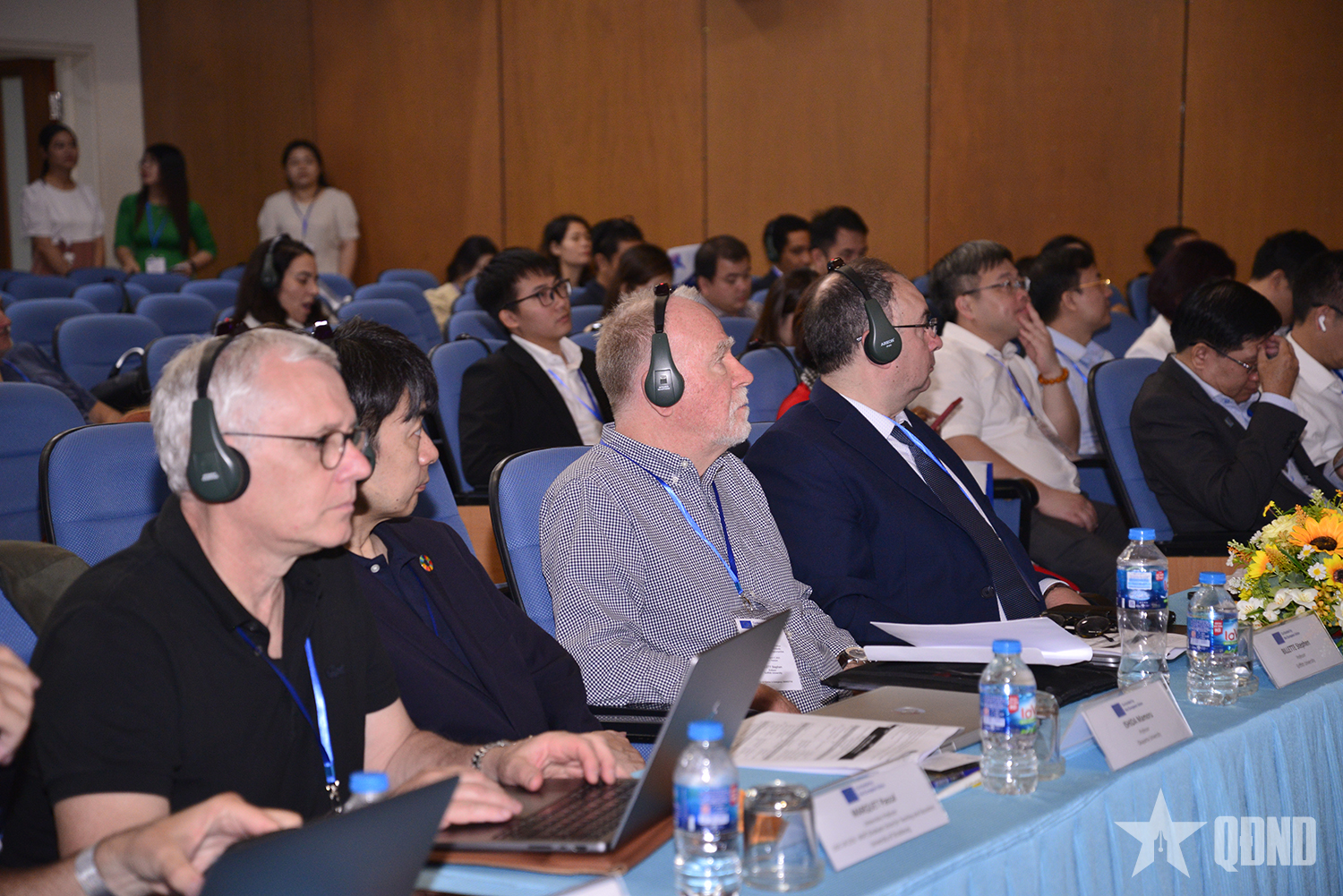


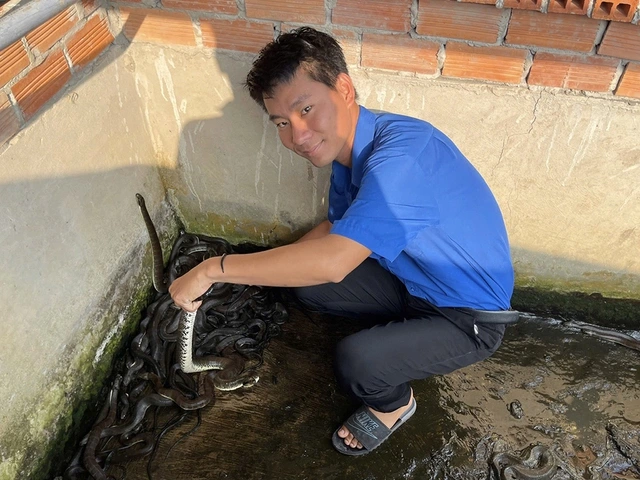














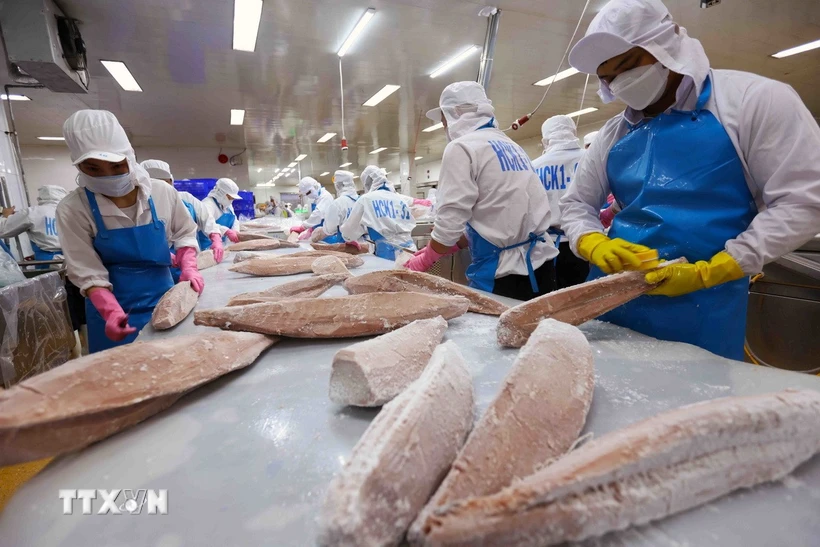





















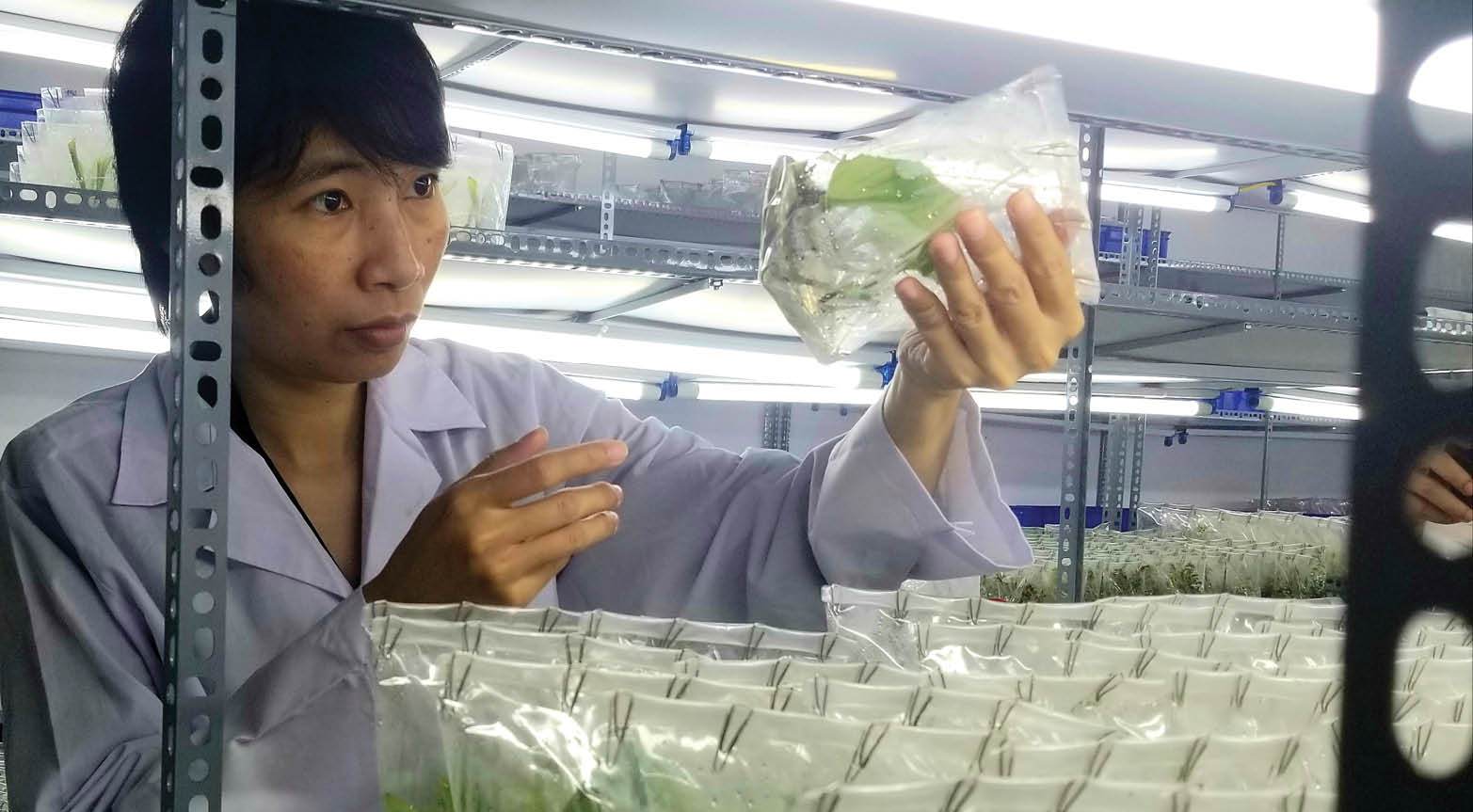





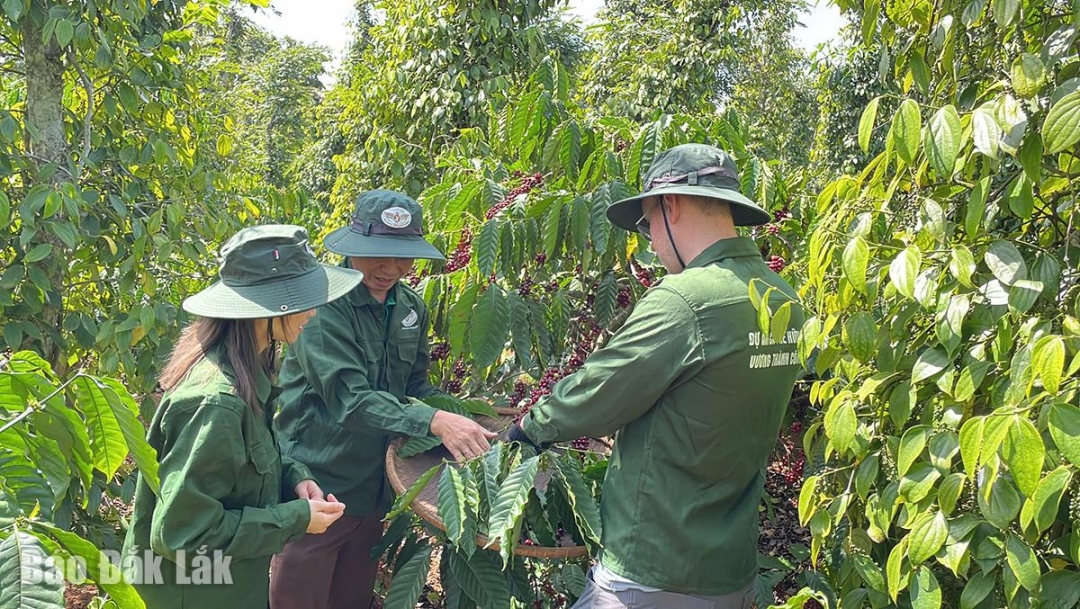



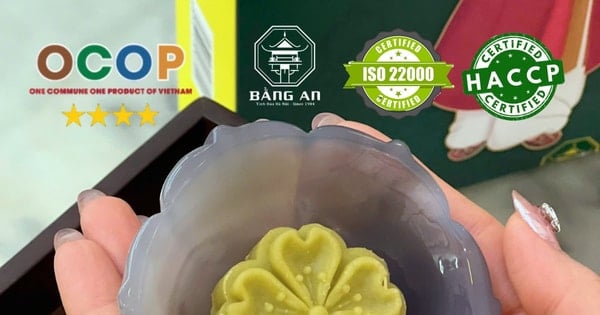

![[REVIEW OCOP] An Lanh Huong Vet Yen Cat](https://vstatic.vietnam.vn/vietnam/resource/IMAGE/2025/3/27/c25032328e9a47be9991d5be7c0cad8c)
Comment (0)